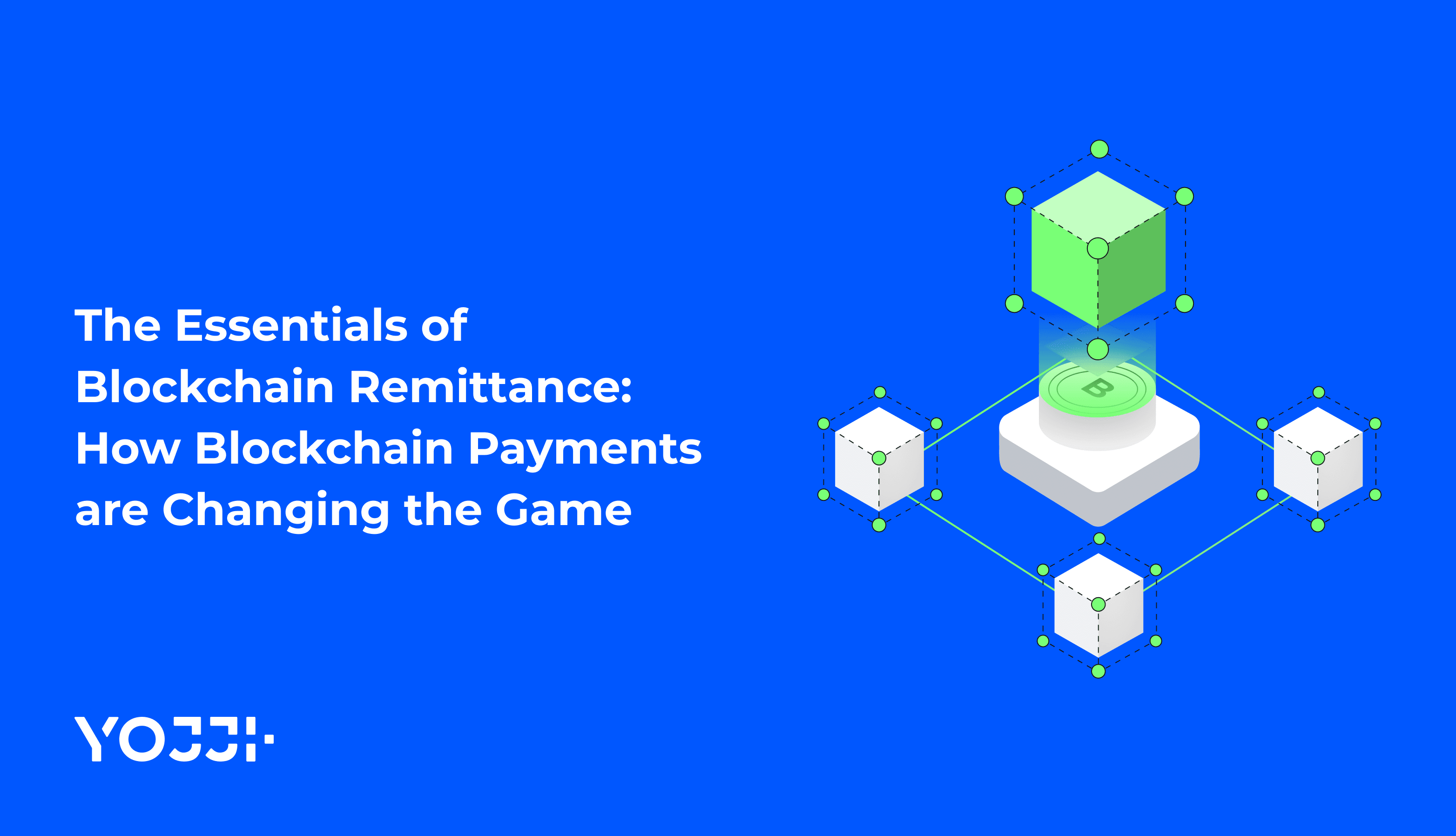Why UX Is so Important for Product Development. Yojji Experience.

Did you know that 72% of clients can prefer a competing company after having at least one negative experience? According to Bain & Company, an increment in customer retention of 5% may boost profit by up to 75%. It is not a secret that maintaining existing clients is less costly than gaining new ones, and 82% of businesses agree with this (SmallBizGenius).
So, naturally, the question about the importance and improvement of user experience (UX) comes to the forefront. Dig deeper and discover the chief aspects and benefits of UX design from our Product Designer — Vlad Grechan. Practical recommendations and precise analysis of successfully implemented projects may come in handy for both beginners and professionals.
What is UI and UX: Different Meanings but Mutual Aims
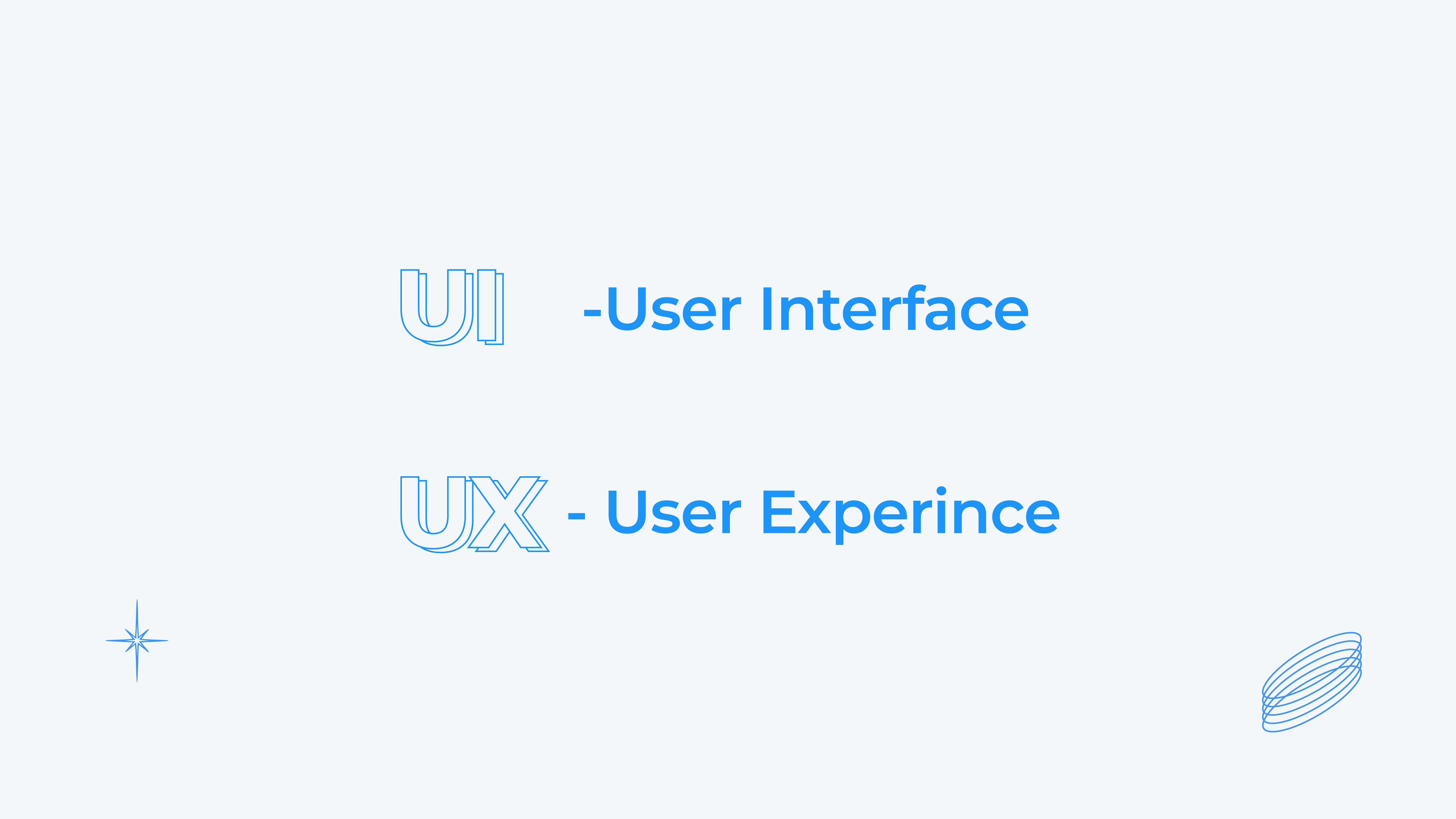
UI is an abbreviation for the user interface that serves as a connection between a person and software. In other words, it's a colour scheme, font, popup windows, and other interactive elements such as buttons, drop lists, links, etc., which simplify and assist intuitive site/application exploitation and necessary information search.
UX is a user's experience from interaction with a product interface. It may be either negative, discouraging to keep using a program, or positive which evokes good emotions and engages to become a regular user.
Since satisfied clients are more predisposed to return or purchase a product, meeting customer expectations at first sight or experience is essential.
The Role of UI/UX Designer in Product Promotion
Good UI/UX design enhances product usability with a user-friendly interface and effortless search of the required information. The visual outlook of the homepage of a site or application is the first thing that catches users' attention. A UI/UX designer's task is to create an attractive cover and make it easily navigable, intuitive, and effective.
First-time visitors should not waste time sorting out information or digging into dropping lists for the issues necessary to launch an application. A skilled UI/UX designer adheres to effective strategies for product creation, ensuring convenience and easy-to-reach content, contributing to a positive user experience.
Perks of UI/UX Design for Company Development

It is not worth underestimating the importance of professional UI/UX design. The driving force that encourages visitors to become regular customers is a positive experience from interaction with a product. The well-planned and expert UI/UX design may provide a wide range of benefits.
- Maintenance of long-term relations with existing users. According to Review42, gaining new regular customers will cost 16 times more than retaining existing ones. Customers do not see a necessity to shift to your competitors if they are delighted with delivered offers.
- Engagement of new users. 33% of clients may refuse cooperation feeling the lack of personalization (Nextiva). However, professionally developed UI/UX design will make users feel comfortable and, thus, encourage further collaboration.
- Boost brand loyalty. According to Forbes research, 91% of clients purchase from companies offering them relevant and meaningful products. Expert UI/UX design does not overload a client with unimportant issues but meets expectations and increases brand loyalty.
- Reduce spendings. Re-design of the site due to poor quality and customer dissatisfaction will cost more than an investment in professional UI/UX design. Thus, it will save time, money, and clients' database.
- Doing successful business. It is not a secret that every business is client-centered. Positive UX guarantees high retention rates, the attraction of new customers, and income and investments increment.
Wishing to stay afloat in the whirlpool of digital transformations, it is worth knowing what clients' needs are and how to satisfy them best. Having an expert UI/UX designer on the team is not a modern trend but a must-have for a successful business.
Yojji's Experience with Positive UX
In Yojji, we pay special attention to UX development and may boast +6 years of experience. We have a proven methodology that showcased positive results. Personalized customer approach and expert evaluation of every order in the pre-development stages are keys to receiving user-oriented products.
Before launching every project, a discovery phase is essential. It is crucial to set final goals, define the target audience, scope, and other factors to eliminate the gap between the primary idea and the received outcome. The task of the UX designer is to ensure ideal user flow, attractive visual design, and intuitive navigation before product realization.
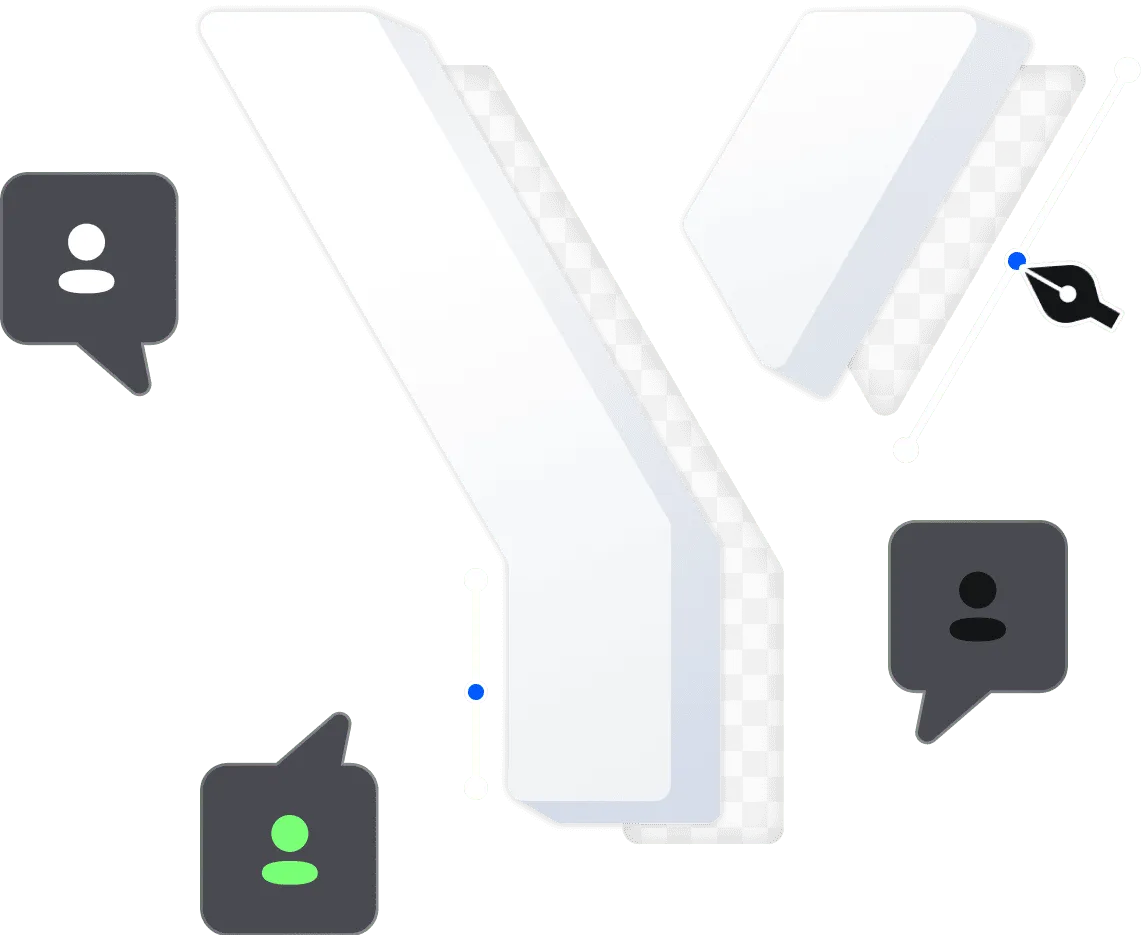
What Is Important for UX Product Design? Expert Opinion
Being a product designer of Yojji Vlad Grechan, whose responsibilities also comprise UI and UX, I clearly understand that making stakes in positive user experience and intuitive interface is crucial for ensuring convenience and facilitating speed of information search.
When working on the product design, it is crucial to prioritize offers and not overcram interface with secondary features. Providing all the existing information on the homepage will not give a positive result. Instead, it may prevent good visibility and confuse users. All the data must be dosed but easily searched if needed.
A recommendation is to follow Nielsen's Heuristics when developing user interface design. It is a set of principles to create a practical and interactive interface. The key message of these rules of thumb is creating a convenient, user-friendly, and minimalistic design that the user may easily manage and control without restricting the product's main features.
My motto as a product developer is similar to Jakob Nielsen's principles, 'No matter what is the language of interface text, the design is good if there are no challenges navigating a site.'
How to Achieve Success in UI/UX Design? Piece of Advice from Personal Experience
The project's success depends on how many users you attract and how many of them will retain. Product creation does not tolerate chaos. All the research stages are well-planned parts of a strategy. I eagerly share some practical recommendations I always stick to in my work.
- User and Usability testing is integral to the product evaluation process before we release it. Various testing methods include usability, surveys, A/B testing, focus groups, beta testing, etc. These methods may be applied altogether in different stages of development or adhering to only some of them. It may seem time-consuming, but collecting necessary information and eliminating drawbacks before product creation is vital, thus expecting positive UX from the beginning.
- Create low fidelity wireframes that give a general image of a future app or site design. It serves as a draft of a project in progress or a skeleton that will be covered with ‘tissues’ and surrounded by ‘organs’, helping proper functionality. Not all customers have a rich imagination and can visualize the location of frequently used buttons, widgets, and other tools for convenient page navigation.
- Study user flows to track users' route to a required 'zone.' Why is it important? It serves as a roadmap for designers and helps to understand whether users may face challenges navigating a site/app or find it confusing and unclear.
If you want to be proud of intuitive design and user-friendly navigation, consider your target audience and adjust your project to their needs. A well-tailored, comprehensive, and not intrusive interface is vital to a positive user experience that may cost a fortune.
Samples of Successful Yojji Projects
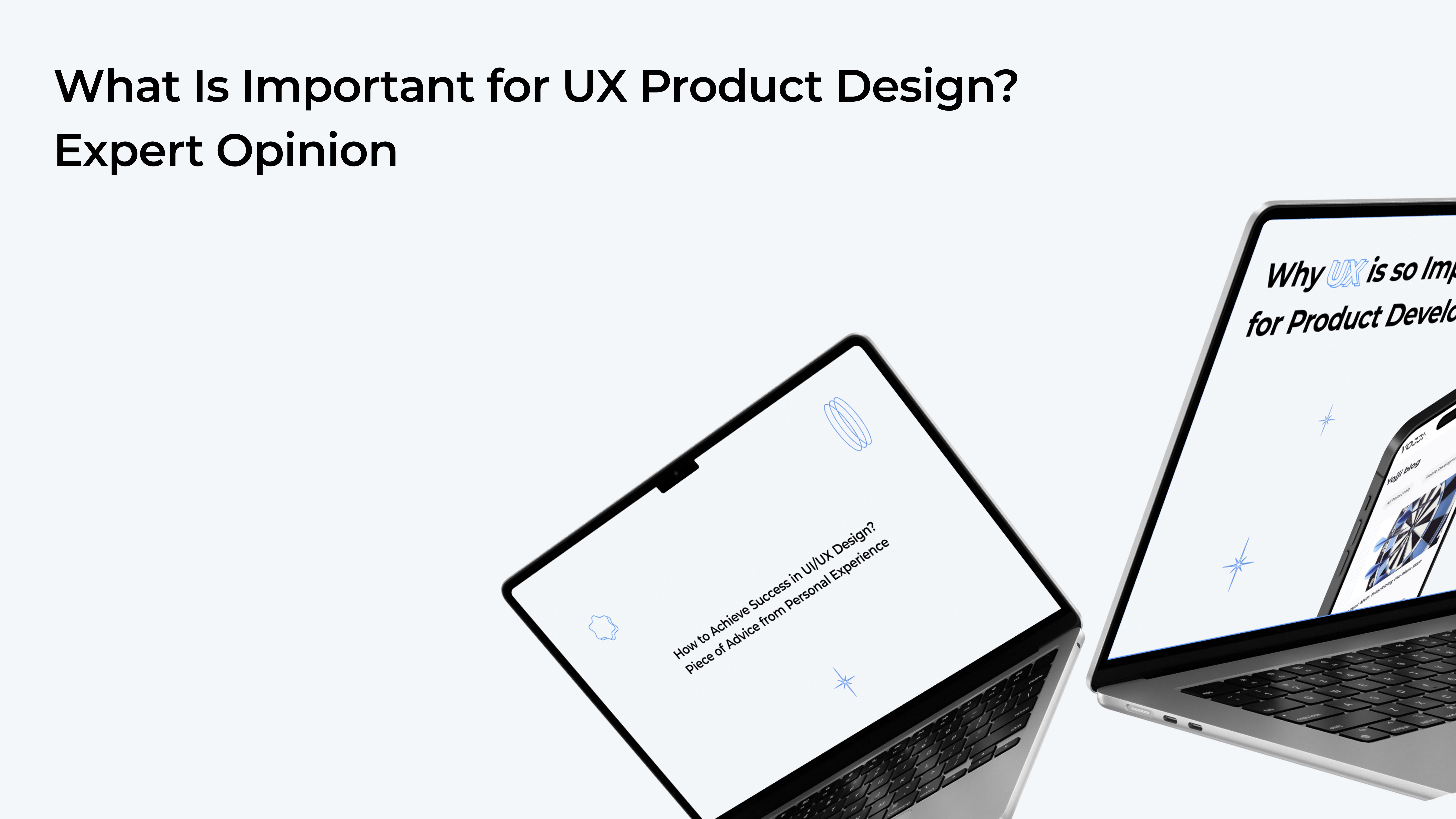
I would eagerly share some bright examples of Yojji's strategy for upgrading UX since we are interested in long-term relations with our customers and ensuring only top-notch results.
We adhere to step-by-step data submission to simplify long and complex user flow. In the screenshots presented below, you may observe simple elements of flow that compose a multilevel money-transferring process between residents of different countries. For safe and secure transactions, collecting piles of information like recipient, transfer and payment types, operator, amount of money, currency, and security data is necessary.
Interdependence of selection options (available transfer types, currencies, recipient country, etc.) also complicates the process. Every time selecting from the offered list of available options, you will be redirected to the following page. Before the money transfer confirmation user may check and change data or add extra information according to operator requirements.
So, as you may see, we do not overload users by offering to tick or select from the dropping list all the information at once. Phased user flow makes users feel confident that they do everything right since being redirected to the next stage.
Another sample of UX/UI in terms of convenient placement of active interface elements.
Analyzing a home screen in an online payments app, you may notice common positions of profile (upper right-hand corner) and messages (upper left-hand corner). You may find a menu at the bottom of the screen for quick access. Most of the app screen is devoted to widgets that are often in demand and information that is always controlled and monitored by users. As a result, all the elements are located according to their importance and usage rate.
Conclusion
We are tuned to believe that a customer is always right. For this reason, UX designers gain new knowledge, upgrade skills, and use different methods to meet clients' expectations. At first sight, user experience may seem less important than software functionality. But, in practice, UX design is the initial thing that makes clients keep using your product or quit it immediately!
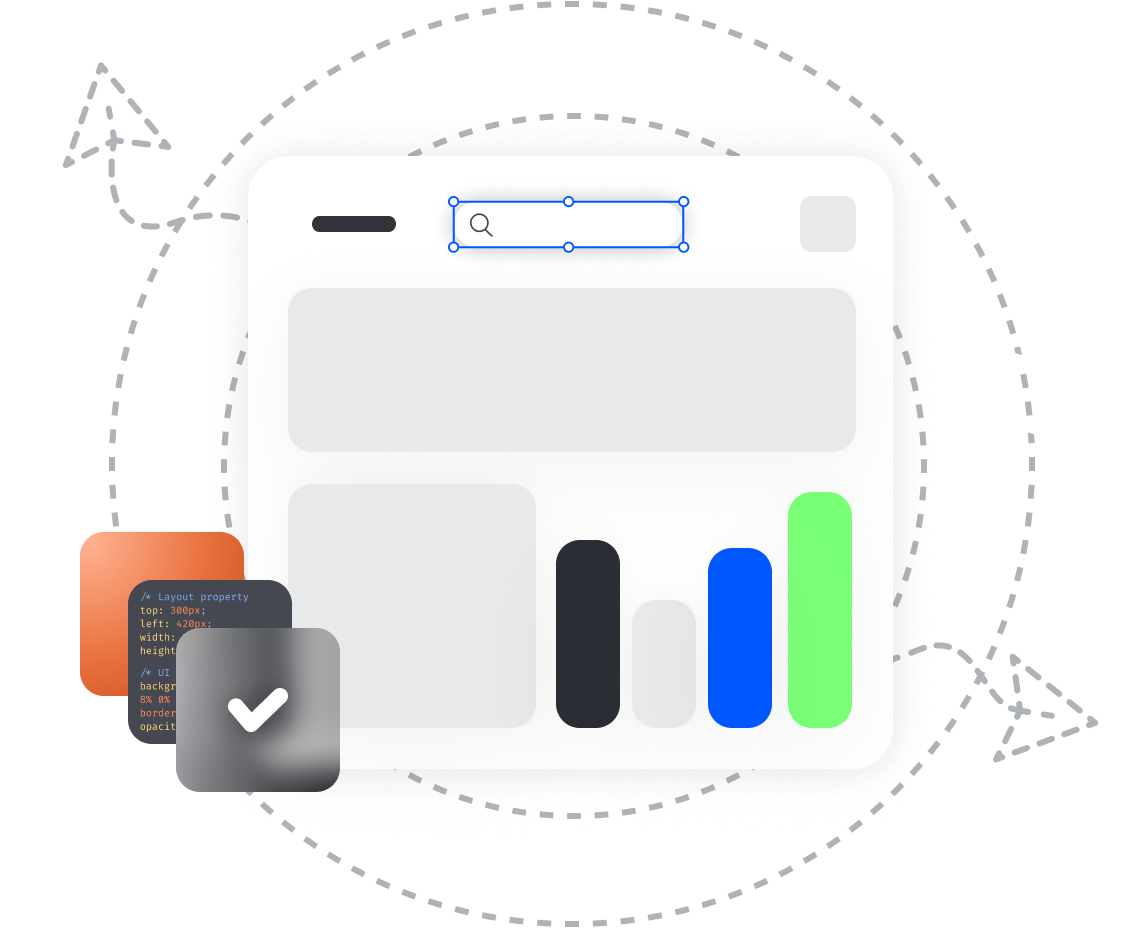
Yojji successfully delivered the project within schedule. They demonstrated excellent project management via weekly sprint demos and promptly made adjustments based on the client's feedback. Their responsiveness and collaborative attitude were key elements of their work.

5.0
Yojji was an instrumental part of the client’s team, working closely with them to achieve the product’s success. The team was very collaborative and timely, and their performance was amazing. Additionally, their resources were experienced, professional, and enjoyable to work with.

5.0
Yojii is impressive both in quality of development work as well as their commitment. Strong focus on delivery, highly technical personnel, flexible approach that allows for rapid development. Strong processes that allow for solid controls.

5.0
We’re very happy with the way that Yojji works, which is why we’ve spent so much money and engaged them for such a long time. We treat them as employees in regard to responsibilities and expectations, and they haven’t disappointed us.

5.0
As a company, we find Yojji to be excellent development partners - we cannot recommend them more highly and will be very happy to continue working with them in the future.

5.0
They are really nice people with excellent technical backgrounds.

5.0
We used Agile project management methodology and were in contact with the team and project manager daily.

5.0
They all had a super positive outlook and were dedicated to getting the work completed to a high standard.

5.0
Yojji has delivered an accessible product with thorough consideration for the client's requirements. Users have commented on the platform's user-friendliness and speed. Moreover, the team is easy to communicate with and provides frequent updates. Their development and design skills are impressive.

5.0



